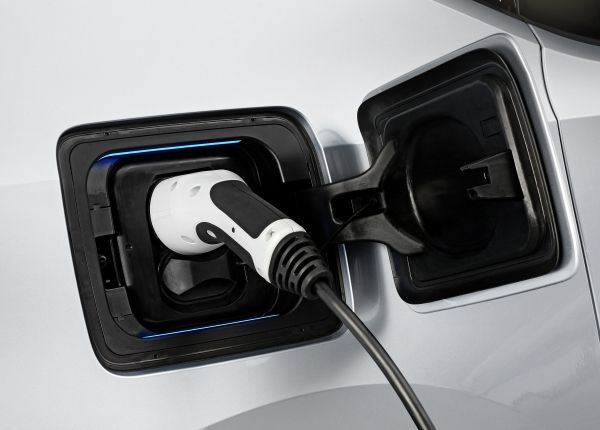The government has suggested changing the banding for company car tax rates from 2020 to reflect the growing range of ultra-low emission vehicles (ULEVs) expected to come to market in the next decade.
In a consultation released earlier this month, HM Treasury (HMT) says the development of new ultra-low emission technologies such as battery and electric motor technologies are starting to place pressure on the current banding structure in the ULEV category.
This currently divides solely between ULEVs with emissions of 0-50g CO2/km (predominantly battery electric and plug-in range extender hybrid vehicles) from those with emissions of 51-75g CO2/km, such as heavier hybrid vehicles.
In addition, developments in conventionally fuelled vehicles means that some now have emissions performance below 75g CO2/km, placing them in a tax band intended for ULEVs.
In order to update its tax banding to reflect this, HMT is suggesting the incorporation of zero emission miles capacity that a car can offer, as this is now reflected in the overall emissions value assigned to a vehicle.
The consultation states that basing ULEV bands on how many zero emission miles a vehicle can offer, as well as CO2 emissions, could be used to differentiate between ULEVs. It adds that this would be easy for consumers to understand and could provide different incentives for future vehicles with bigger batteries, permitting most day-to-day journeys to be zero emission.
HMT sets out two possible new approaches for ULEV banding, the first of which would split the current two emissions bands into a large number of narrow bands based on zero emission miles capability.
It suggests the 0-50g/km band could be further divided into five bands: less than 20 zero emission miles, 20-39, 40-69, 70-129 and 130-plus zero emission miles.
Alternatively, the second approach would see a smaller number of wider emission bands similar to current ULEV bands, creating ‘cliff edges’. The consultation states this would allow more flexibility in setting rate relativities between the different bands to incentives customers to choose one band over another.
However, it adds that wider bands would provide less incentive than narrower bands for consumers to choose the best in class car as “the wider bands mean there is no fiscal incentive to choose a car at the cleanest end of the band”.
While neither approach is cited as the preferred choice for the government, the consultation does not list disadvantages to adopting narrower bands within the current 0-50 CO2/km grouping. It also suggests that the top end of this band could become the first threshold for ULEVs instead of 75 CO2/km.
Adopting zero carbon miles as an additional measure for ULEVs has been viewed favourably by industry. Gerry Keaney, chief executive of the British Vehicle Rental and Leasing Association, said: “The government is right to explore whether zero-emission range could be used alongside CO2 emissions to produce a more effective set of company car tax bands.”
However, questions have been raised over why the proposals have not been extended to the wider car taxation system.
Tanya Sinclair, head of the Renewable Energy Association’s ULEV sector group, said: “What’s really interesting about this consultation is that they’re looking at making some very encouraging changes to company car tax with zero emission miles being one of the things they are looking at. But there’s no reason why they couldn’t apply these principals to other motor taxations like Vehicle Excise Duty (VED) for example.”
VED is also based on CO2 emissions but begins with a first banding of 0-100g CO2/kmbefore increasing in small increments.
Sinclair continued: “We support that the government are responding to the fact that technology is evolving and they are trying to put structures in place in the tax system that reflect that.
“However, they are only doing it in the company car tax system, they’re not looking at it across the piece which I think may lead to the tax structures being slightly out of step with one another and not sending a consistent message to the consumer about what the government defines as a clean car that it wants to incentivise.”
HMT failed to respond to Clean Energy News’ questions on this point at the time of publication.
Company car rates up to 2019/20 have already been confirmed, with the new approaches suggested in the consultation intended to advise industry well ahead of time. Stakeholders have until 19 October to submit their views before new bands are published in the autumn ahead of setting any tax rates from 2020-21 onwards.





